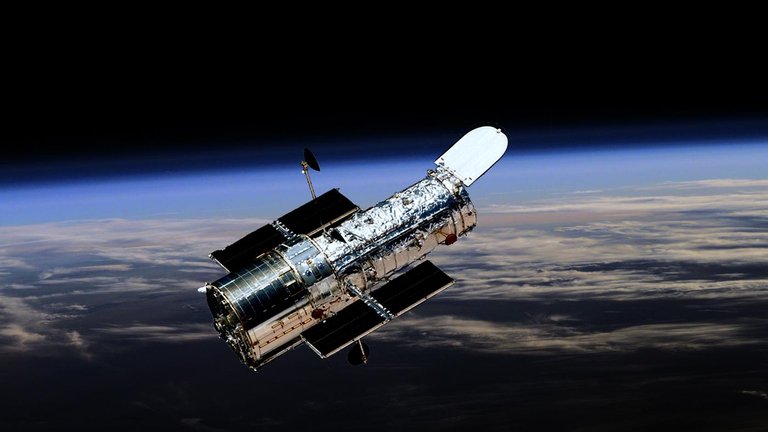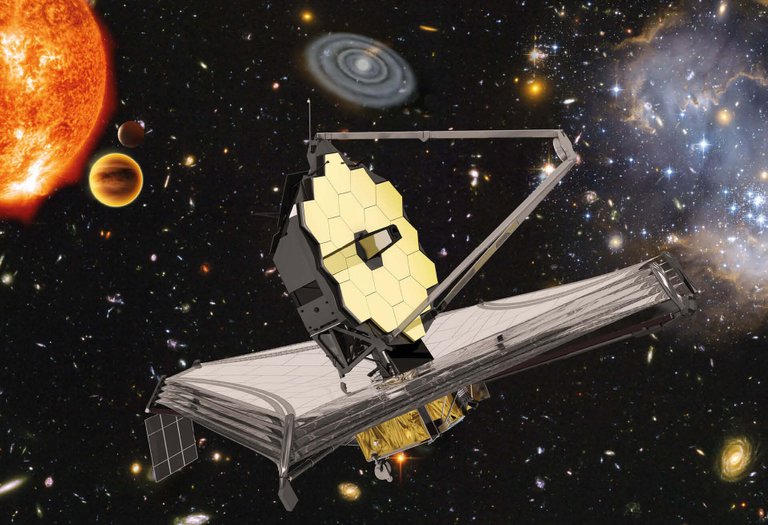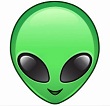
Source
Although it may not seem like it, the Hubble telescope has been working for more than 30 years and is already reaching the end of its useful life so, at the end of this year, the new replacement telescope called James Webb will go into orbit, a true monster that will come to see further back in time than Hubble did.
Aunque no lo parezca, el telescopio Hubble ya lleva funcionando más de 30 años y ya está llegando al fin de su vida útil por lo que, a finales de este año, se pondrá en órbita el nuevo telescopio de sustitución llamado James Webb, un verdadero monstruo que llegará a ver mas atrás en el tiempo de lo que lo hizo el Hubble.
The Hubble Ultra Deep Field (HUDF) is the deepest image of the universe taken with visible light, it can be seen up to a distance of 13 billion light years, approximately 800 million years after the Big-Bang and to obtain this image the Hubble telescope required 11.3 days of exposure to light.
El Campo Ultra Profundo del Hubble (Hubble Ultra Deep Field o HUDF) es la imagen más profunda del universo tomada con luz visible, este alcanza a ver hasta una distancia de 13.000 millones de años luz, aproximadamente unos 800 millones de años después del Big-Bang y para obtener esta imagen el Hubble necesitó 11,3 días de exposición a la luz.
The James Webb telescope will be located near the second Lagrange point, a gravitationally stable region called L2, about 1.5 million kilometers from Earth, and will be focused in deep space for about 33 days in order to detect the first generations of galaxies. in the so-called "Dark Ages" of the universe.
El telescopio James Webb se situará cerca del segundo punto de Lagrange, una región gravitacionalmente estable llamada L2, a unos 1,5 millones de kilómetros de la Tierra.y estará enfocado al espacio profundo durante unos 33 días para poder detectar la primeras generaciones de galaxias en la llamada "Edad Oscura" del universo.

Source
Unlike Hubble, which worked in the spectrum of visible light, the James Web telescope uses the infrared range that is most advantageous, since it is about seeing very distant galaxies whose radiation is shifted towards the red because they are moving away from us and at these distances the visible light already barely reaches the Earth.
A diferencia del Hubble que trabajaba en el espectro de la luz visible, el telescopio James Web utiliza la gama del infrarrojo que resulta más ventajoso, pues se trata de ver galaxias muy lejanas cuya radiación se ve desplazada hacia el rojo por estar alejándose de nosotros y a esas distancias la luz visible ya apenas llega hasta la Tierra.
The JADES program (James Webb Space Telescope Advanced Deep Extragalactic Survey) will use this telescope to try to observe the galaxies, black holes and other cosmic phenomena produced once the universe went from being an opaque gas to being transparent and allowing electromagnetic radiation to pass.
El programa JADES (James Webb Space Telescope Advanced Deep Extragalactic Survey) utilizará este telescopio para intentar observar las galaxias, agujeros negros y otros fenómenos cósmicos producidos una vez que el universo pasó de ser un gas opaco a ser transparente y permitir el paso de las radiaciones electromagnéticas.

Source
The launch of this telescope has already been postponed several times since its construction began in 2007 for various reasons, the last one due to COVID but it seems that this year is the definitive one, the telescope bears that name in honor of James Webb, a person who was in charge of NASA's Apollo project for several years.
El lanzamiento de este telescopio ya ha sido pospuesto varias veces desde el inicio de su construcción en 2007 por razones diversas, la última por el COVID pero parece que este año es el definitivo, el telescopio lleva ese nombre en honor a James Webb, persona que estuvo varios años a cargo del proyecto apolo de la NASA.
In addition to observing the first galaxies, James Webb will also be able to analyze the atmospheres of exoplanets and obtain spectacular images where the Hubble telescope only saw a luminous spot, let's keep our fingers crossed so that the launch is not postponed again.
Además de observar las primeras galaxias el James Webb también podrá analizar las atmósferas de los exoplanetas y obtener imágenes espectaculares donde el telescopio Hubble solo veía una mancha luminosa, crucemos los dedos para que no se vuelva a posponer el lanzamiento.
More information/Más infornación
https://earthsky.org/space/jades-deep-field-surveys-epoch-of-1st-galaxies
Hola @mauromar, ahora si podrán encontrar cualquier rastro de seres de otros mundos...

Oh en verdad estaremos sólitos en este infinito universo...
Congratulations @mauromar! You received a personal badge!
Wait until the end of Power Up Day to find out the size of your Power-Bee.
May the Hive Power be with you!
You can view your badges on your board and compare yourself to others in the Ranking
Congratulations @mauromar! You received a personal badge!
Participate in the next Power Up Day and try to power-up more HIVE to get a bigger Power-Bee.
May the Hive Power be with you!
You can view your badges on your board and compare yourself to others in the Ranking
Hello @mauromar
I think Hubble paid what it cost.
And it sure did a lot of good to be able to advance in this aspect. It has had a lot of time working.
Let's hope that other discovery do with this one.
It seems Hubble is Mr. Magoo compared to James Webb. ;-D
The whole universe is a true mystery!